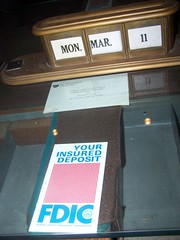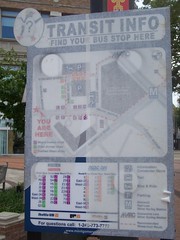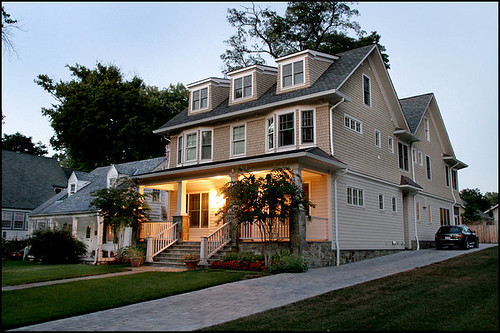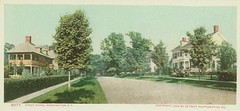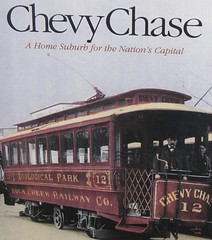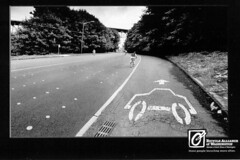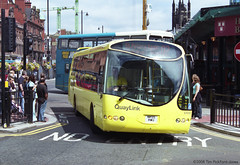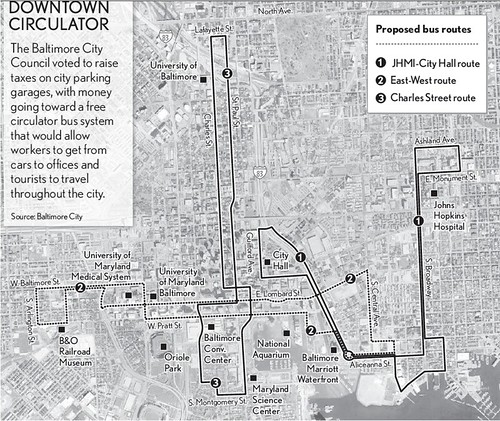
1. Many commercial buildings are under construction.
2. Some finished commercial buildings sit empty.
3. Many companies active in the DC market were reliant on Lehman Brothers, now defunct, for funding.
4. Other companies active in the market, such as Broadway Partners, have financing issues.
5. Many projects that were announced have stalled until they get financing. How long will empty parcels and holes sit there until the projects get moving again? (How many _years_?) Today's
Washington Business Journal reports that a building with 70% preleased to a number one law firm tenant still is working to lining up financing...
6. What does this do to B, C and D locations (anything outside of Downtown and immediately abutting it is less than an A location)? E.g., will the Rhode Island Station development really break ground in November?
7. Although the Federal Government and the organizations that rely on it (lobbyists, law firms) will continue to grow and can be counted on to still rent space, at high prices. (I.e., don't you think that financial regulation will increase leading to agency growth, more lawyers, etc.)
8. Does it really make sense for DC City Council to give away the store in tax increment financing deals, and things like Soccer and Baseball Stadiums, without prioritizing what truly generates the highest return on the investment of public monies?
9. We know that many buildings intended to be condominiums are being rented as apartments in the meantime.
10. How much of the activity in the active condominium market for individual units was driven by investors looking to flip properties for a quick profit? Are they able to rent units for enough to pay the mortgage? (In some places, non-mortgage paying condominium units, and houses in communities with homeowners associations, the monthly fees aren't being paid either, leading to serious revenue problems and deferred maintenance.)
11. And people buying 2nd, 3rd, 4th homes/pied a terres? And has it dried up?
12. And what impact are foreclosures having on the DC residential property market (recognizing that the conditions and strength of the residential markets vary significantly by neighborhood and proximity to Metrorail and housing stock attractiveness/historicity)?
13. Oh, and people in the nonprofit world who hope that FannieMae and FreddieMac will keep providing lots of funds to local organizations (see "
Mortgage Giants' Fall May Hurt Nonprofits" from the
Post), forget about it. That money is gone. And DC has a very small philanthropic community as it is... (Also see "
Nonprofits gird for loss of funding" from the
Boston Globe about the impact more generally because of the crash on Wall Street financial companies.)
14. Of course, if you want a buy a house/place to live, now is a good time to buy, especially in well-located, transit connected neighborhoods in DC and the inner ring suburbs. Houses are cheaper. The best houses are still expensive, although not like before. Will prices still drop some? That's a big question. But people with enough money to buy now, but not in the previous hot market, are well positioned to invest in their future.
15. As far as the work I do goes, focusing on revitalization of traditional commercial districts, since a big theme in my work is promoting the development and strengthening of independent retail and entertainment businesses, and the reality is that much of independent retail is funded through tapping home equity, will this limit new business startups significantly?
On the other hand, the
Post and the
Washington Business Journal have stories featuring community banks, which claim to still be lending to small businesses. See "
Smaller Banks Thrive Out of the Fray of Crisis" from the
Post.
16. But I had an interesting conversation with someone who figures after the fallout from the bailout settles out, that banks will work to get Congress to eviscerate Community Reinvestment Act provisions which support community investment, especially into affordable housing.
17. Plus, preservation-related building tax credits and low income housing tax credits (maybe even New Markets Tax Credits) become much less attractive in the marketplace, because if you don't have profits to pay taxes on, you don't need tax credits. (For example, about 1/5 of the cost of the rehabilitation of the Atlas Performing Arts Center was funded through historic preservation tax credits.)
18. And state and local governments are facing revenue shortfalls, budget reductions, and deficits, which makes it harder to get contracts for planning studies for commercial district revitalization...
Labels: building a local economy, economic development, Growth Machine, public finance


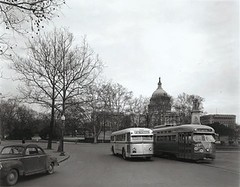


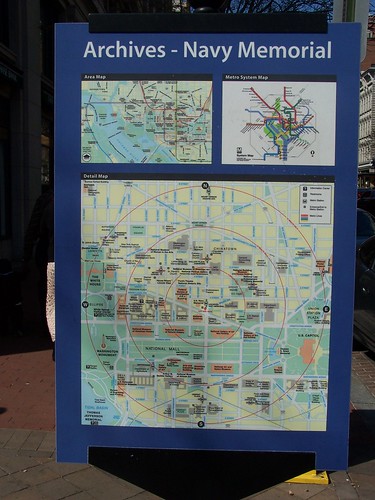

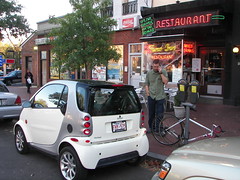
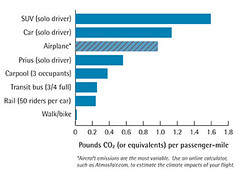
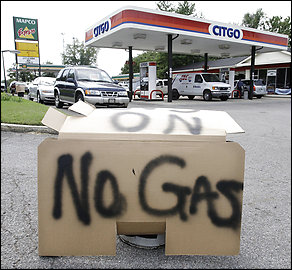
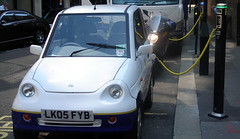

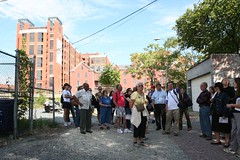
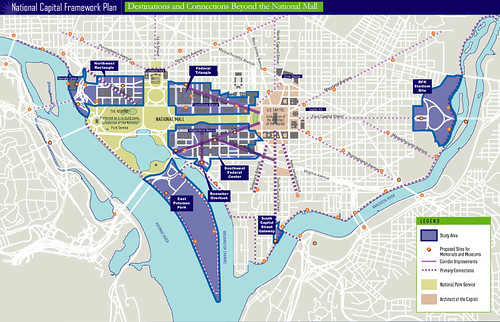
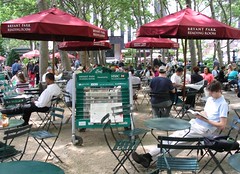
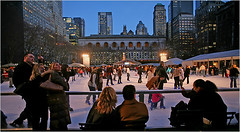
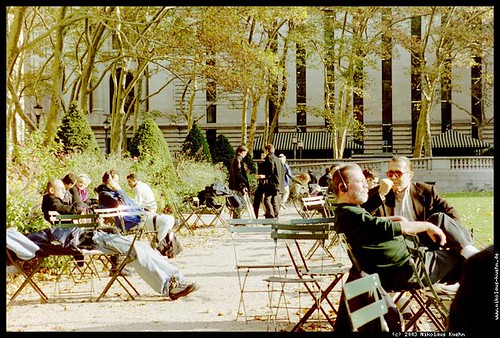
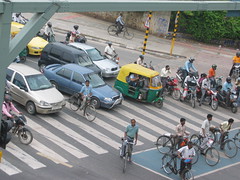





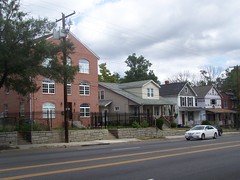
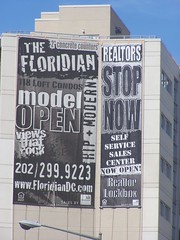


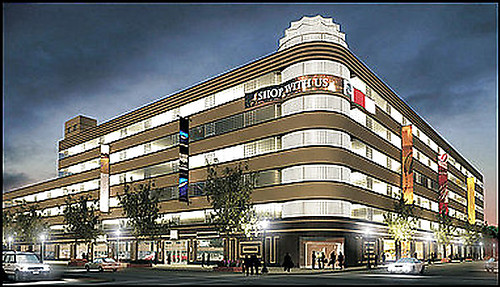
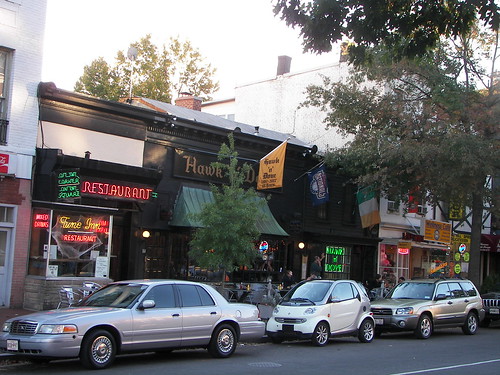
 The
The 
